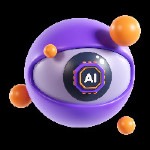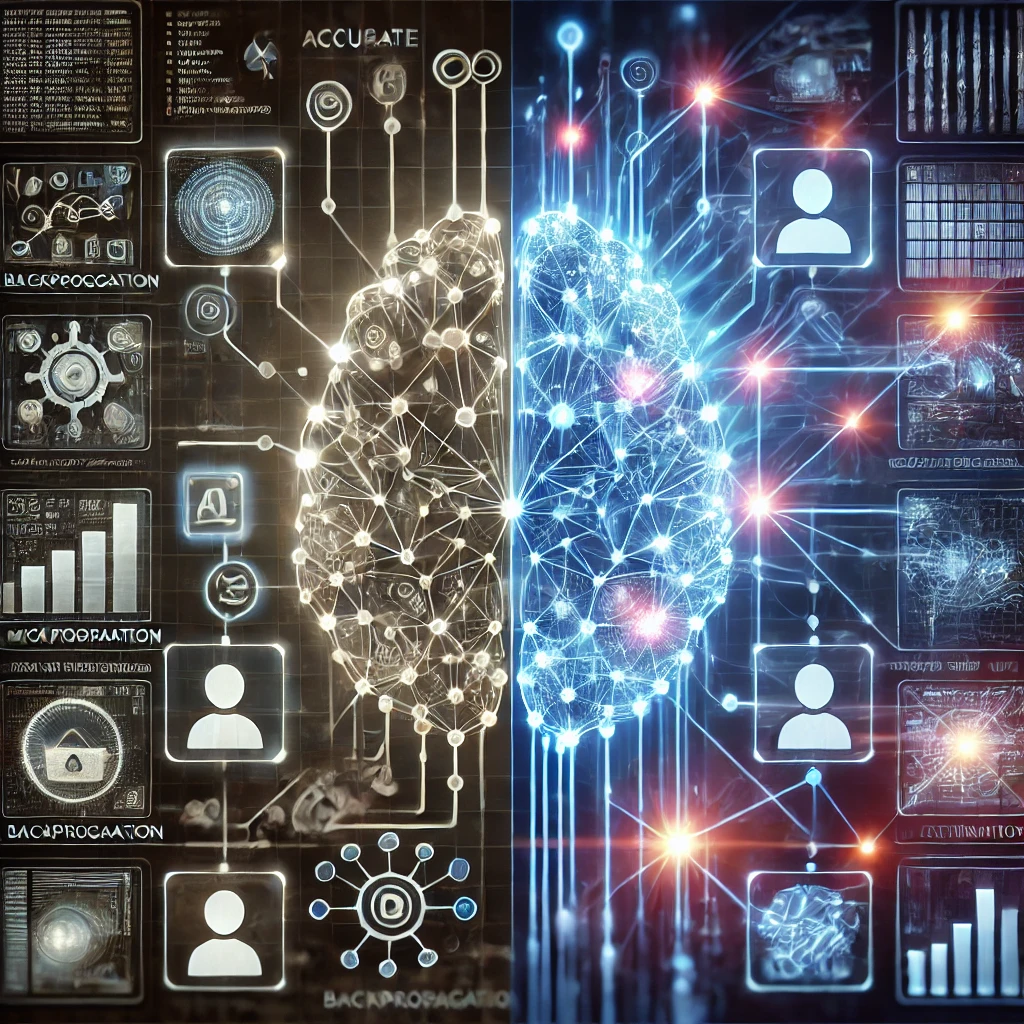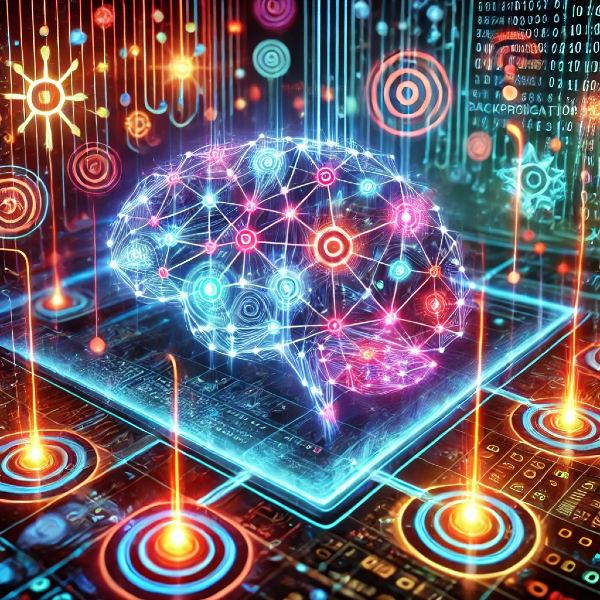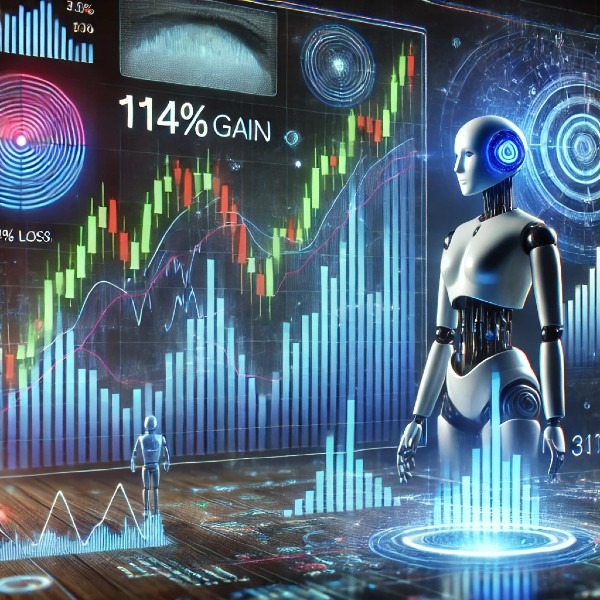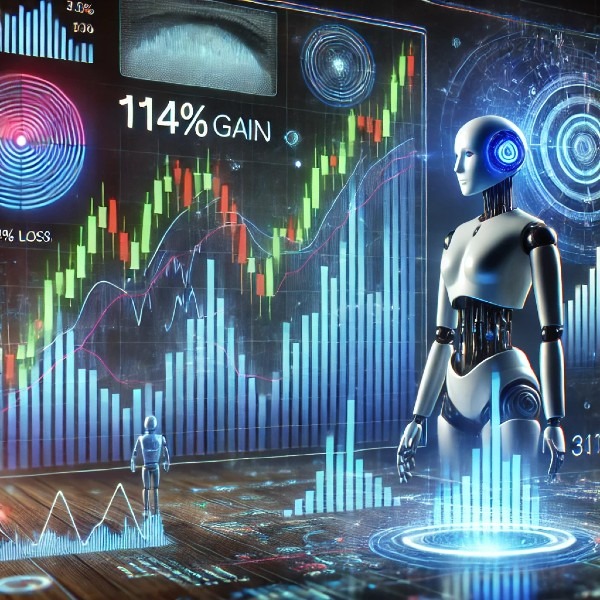Have you ever heard about Black Box AI and wondered what it really means? Think of it like a magic trick where the magician doesn’t reveal how the trick works. Black Box AI is a type of artificial intelligence where the way it makes decisions is not clear to us. It’s like having a smart robot that can solve complex problems, but it doesn’t tell us how it figured them out.
This blog post is designed to make Black Box AI easy to understand, especially for someone with an eighth-grade education level. We will explore how Black Box AI is used in healthcare, what role developers and data scientists play, and how computer vision is connected to it. We’ll also touch upon the important topic of Ethical AI. So, let’s start unraveling the mystery of Black Box AI!
Healthcare and Black Box AI
In the healthcare world, Black Box AI is like a super-smart doctor who can diagnose diseases super fast but doesn’t explain how. Imagine going to a doctor who looks at your tests and tells you what’s wrong in seconds, but can’t tell you how they knew. That’s what it’s like with Black Box AI in healthcare. It can analyze tons of medical data and find patterns that help in diagnosing diseases, but how it does this is not always clear.
The big question in healthcare is about trust. If doctors and patients don’t understand how the AI is making its decisions, they might not trust it. It’s important in medicine to not just know what the diagnosis or treatment is, but also why that’s the best choice. When it comes to our health, understanding why we’re getting certain treatments is just as important as getting them.
Developers and Data Scientists in Black Box AI
Developers and data scientists are like the magicians behind Black Box AI. They create and train AI systems, feeding them lots of data so they can learn. Think of it like teaching a super-smart student who learns by reading lots of books. Developers write the code, and data scientists make sure the AI has good data to learn from. But sometimes, even they can’t fully explain how the AI makes certain decisions after it’s learned so much.
They work hard to make AI systems that are useful and safe. For example, they try to make sure the AI doesn’t pick up bad habits or biases from the data. It’s like making sure a student doesn’t learn the wrong things from a bad book. Their job is super important because they help build AI systems that can do amazing things, but they also need to keep an eye on them to make sure they behave correctly.
Computer Vision and Black Box AI
Computer vision is like giving a computer eyes and teaching it to understand what it sees. It’s used in Black Box AI to help machines recognize objects, people, and even actions in images and videos. Imagine a computer that can look at a photo and tell you what’s in it, just like a person would. But with Black Box AI, it might be hard to understand how the computer figured it out.
This technology is really cool because it helps in things like self-driving cars, where the car needs to see and understand the road, or in security cameras that can spot something wrong. However, just like with other Black Box AI, it’s not always clear how the computer decides what it’s seeing. This can be a bit worrying, especially if we rely on these systems to make important decisions, like driving a car safely.
Myths vs. Facts about Black Box AI
Myth 1: Black Box AI is always right. Fact: Just like humans, Black Box AI can make mistakes. Its decisions are based on the data it has learned from, which might not always be perfect.
Myth 2: Only experts can understand Black Box AI. Fact: While Black Box AI is complex, the basic ideas behind it can be understood by most people with some explanation.
Myth 3: Black Box AI works the same in all fields. Fact: Black Box AI is used differently in various areas like healthcare, self-driving cars, and facial recognition, each with its unique challenges and methods.
FAQ on Black Box AI
What is Black Box AI? Black Box AI is a type of AI where we can’t easily see or understand how it makes decisions. It’s like having a computer that can solve problems but won’t tell us how it did it.
Why is Black Box AI used in healthcare? It’s used in healthcare because it can analyze huge amounts of medical data quickly and find patterns that might help in diagnosing diseases. However, its decisions are not always easy to understand.
What do developers and data scientists do with Black Box AI? They build and train these AI systems. They write the code and provide the data that the AI learns from. However, sometimes they can’t fully explain the AI’s decision-making process.
How does computer vision work with Black Box AI? Computer vision gives AI the ability to see and understand images and videos. But in Black Box AI, exactly how it understands what it sees can be unclear.
Why is Ethical AI important in Black Box AI? Ethical AI is important because it makes sure AI systems are fair and don’t harm people. With Black Box AI, it’s hard to check if the decisions are fair if we can’t see how they are made.
Google Snippets
- Black Box AI: “AI systems whose decision-making process is not transparent or understandable to humans.”
- Computer Vision: “Technology enabling computers to interpret and make decisions based on visual data from the real world.”
- Ethical AI: “Focuses on ensuring AI systems are developed and used in ways that are fair, unbiased, and respectful of human rights.”
Black Box AI Meaning: From Three Different Sources
- Tech Dictionary: “Refers to AI systems with unexplainable decision-making processes, despite being effective in their tasks.”
- Science Journal: “Describes AI models where the internal logic is opaque, posing challenges in understanding and trust.”
- Educational Book: “AI systems that produce outcomes without transparent explanations, highlighting the complexity of AI technology.”
Did You Know?
- Black Box AI gets its name from flight recorders in airplanes, which are also called black boxes because their inner workings are a mystery to most people.
- Some Black Box AI systems can learn from watching videos or reading text, but explaining how they learn is still a challenge.
- The concept of Black Box AI raises big questions about trust in technology, especially when it’s used in critical areas like healthcare and public safety.
In conclusion, Black Box AI is a fascinating and complex area of technology that has huge potential in various fields like healthcare, computer vision, and more. However, it also brings challenges, especially in understanding how it works and ensuring it is used ethically. By learning more about Black Box AI, we can appreciate its capabilities while being mindful of its limitations. This guide aimed to make Black Box AI a bit less mysterious and more accessible to everyone, especially those just starting to learn about this amazing technology.
References
- Explainable AI that uses counterfactual paths generated by conditional permutations of features. This method is used to measure feature importance by identifying sequential permutations of features that significantly alter the model’s output. The paper discusses the evaluation strategy of comparing the feature importance scores computed by explainers with the model-intern Gini impurity scores generated by the random forest, which is considered as ground truth in the study.
- Thinkful offers insights on how to address the “black box” problem in AI through Explainable AI (XAI) and transparency models. They discuss techniques like Feature Importance Analysis, Local Interpretable Model-agnostic Explanations (LIME), SHapley Additive exPlanations (SHAP), Model Distillation, and Decision Rules, which are designed to make AI models more interpretable and transparent. This is especially important in applications where decisions can have far-reaching consequences, such as healthcare or finance
https://ai-make.money/artificial-intelligence-in-popular-culture/
https://ai-make.money/artificial-intelligence-in-popular-culture/
https://ai-benefits.me/the-developers-guide-to-chatgpt-login/
